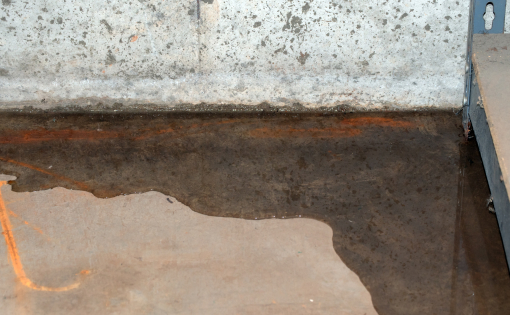
Why Diverting Water Away From Foundations Is Important
Water that collects or pools near a home’s foundation can cause several problems. If untreated over a period of time, a slab can begin to settle and crack because of hydrostatic pressure. Rainwater that is not correctly diverted away from a house causes soil erosion as well. Erosion exposes the foundation and slowly weakens it. If untreated, erosion and foundation weakening can become a significant safety hazard. Foundation damage not only presents safety concerns but can also cause unwanted conditions. Mold and mildew can grow as a result of water damage. Foul odors and damp air in basements are also the products of inadequate drainage systems.
How to Drain Water From Your House Foundation Effectively
To divert water away from foundations and homes, you need a proper drainage system. A system with a high in-flow rate helps prevent harmful standing water.
Hydraway is the ideal solution to prevent drainage issues. Hydraway boasts in-flow rates up to 70% higher than alternative drains. Contractors and homeowners appreciate that installing Hydraway is more streamlined than traditional solutions. The 0% failure rate of Hydraway also offers peace of mind to the homeowners, and they feel secure about their investment.
The innovative design of Hydraway also means it is clog-resistant due to the thermally-bonded core that is wrapped in a geotextile filter fabric. . The material acts as a filter that only allows the water in, but prevents soil, sand, and other debris from entering the system. The uninterrupted flow of rainwater through Hydraway prevents hydrostatic pressure damage, protecting your foundation from the damaging effects of poor drainage.
French Drains
It can be a time-consuming and expensive project to install a french drain. Contractors begin by digging a trench. Perforated pipes are laid in the trenches and covered with gravel to give standing water a channel to flow through. French drains have become a standard solution to prevent ground and surface water from penetrating foundations, but they are not worry-free.
Perforated pipes used in french drains are very susceptible to clogging. The silt and soil that water carries to the lines build up over time. These dramatically slow down water in-flow and can eventually become completely clogged not allowing any water to enter the system. . Clogged drain lines result in standing water. To fix the problem, costly repairs, such as replacing the French drain become necessary.
Contact Us
Please complete the form below for more information on our solutions or to learn about our distributor’s program.

